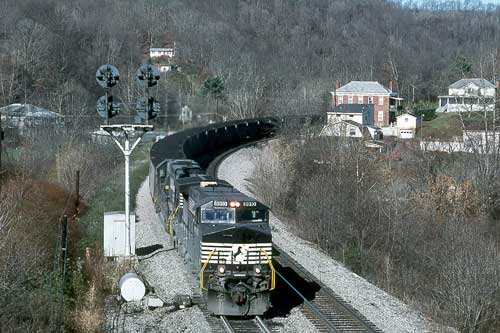
A Norfolk Southern coal train curves through Falls Mills, W.Va. John P. Locke, III Norfolk Southern is the product of the June 1, 1982 merger of Norfolk & Western and Southern Railway. The two railways operated as separate subsidiaries under parent company Norfolk Southern Corporation until December 31, 1990, when Norfolk & Western became a […]
Read More…
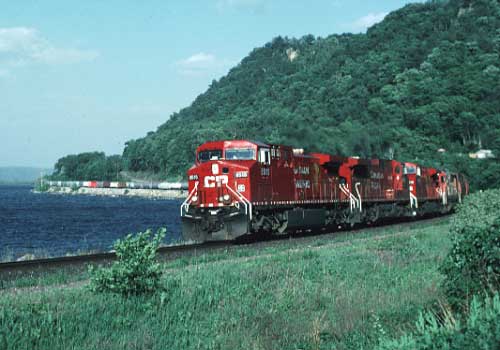
A westbound Canadian Pacific freight curves along the Mississippi River at Maple Springs, Minn. Matt Van Hattem The Canadian Pacific Railway operates a network of 13,600 route miles that stretches across Canada from Montreal to Vancouver, with lines reaching south into Chicago and the major population centers of the northeast U.S. In between its lines […]
Read More…
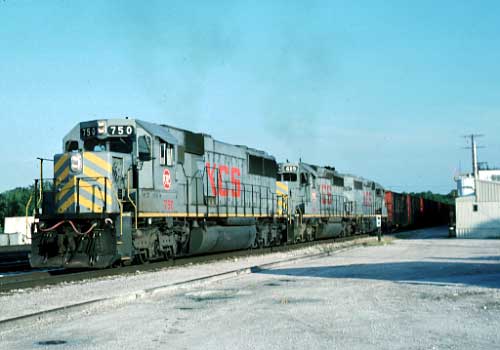
A northbound Kansas City Southern coal train rolls through Neosha, Ark. George R. Cockle Kansas City Southern operates 3,100 track miles in 10 central and southeastern states. The railroad stretches from its namesake city south through its hub of Shreveport, La., to Port Arthur, Texas, which it reached in 1897, and from New Orleans through […]
Read More…
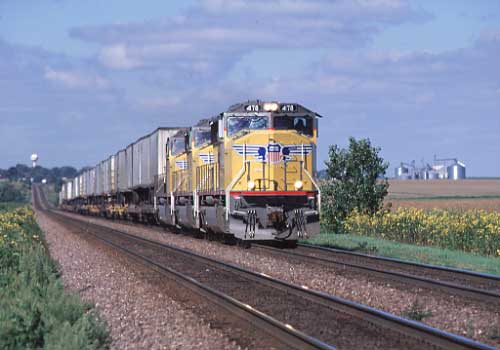
Wearing Union Pacific’s revived wing shield emblem, a trio of SD70M locomotives leads a trailer train eastbound through Creston, Ill. Howard Ande The largest U.S. railroad, Union Pacific Railroad operates a 32,000-mile network (27,000 route miles owned, 5,000 route miles on trackage rights) serving 23 states. The railroad links every major city in the west […]
Read More…
It was December 2005 when I wrote the rough draft of my story on using GPS (Global Positioning Satellite) to help when chasing trains in unfamiliar lands. Between that time and the time the article appeared in the July 2006 issue of Trains, I kept an eye on the advertisements from national electronic retailers (Best […]
Read More…
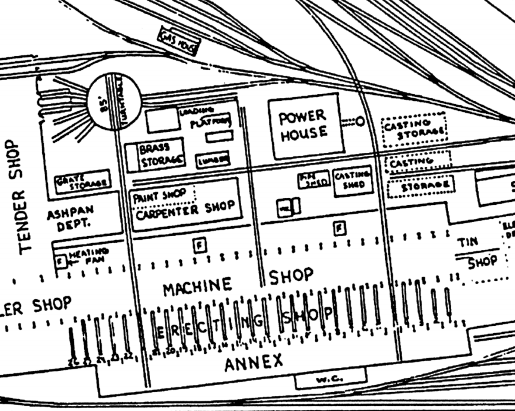
In his article “Nine Decades in the Service of Steam” in the Summer 2004 issue of Classic Trains magazine, James A. Brown looks at the final, glorious years of Stratford Big Shop, Canadian National’s last steam-locomotive overhaul facility. Below is a PDF that includes the layout of the Canadian National Stratford Shop. Please note that […]
Read More…
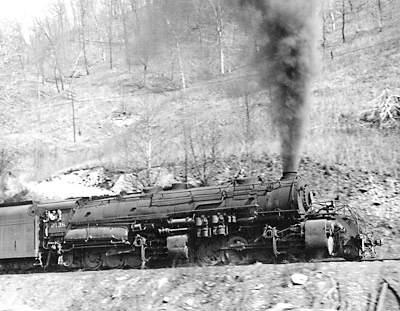
Norfolk & Western Y6-Class 2-8-8-2 No. 2136 thunders east near Delbarton, W.Va., with a coal train on March 25, 1959. Bruce R. Meyer Bruce Meyer has been on a search for steam since he started taking railroad photographs in the early 1950s. Meyer made a dramatic record of steam’s final years in the Midwest and […]
Read More…
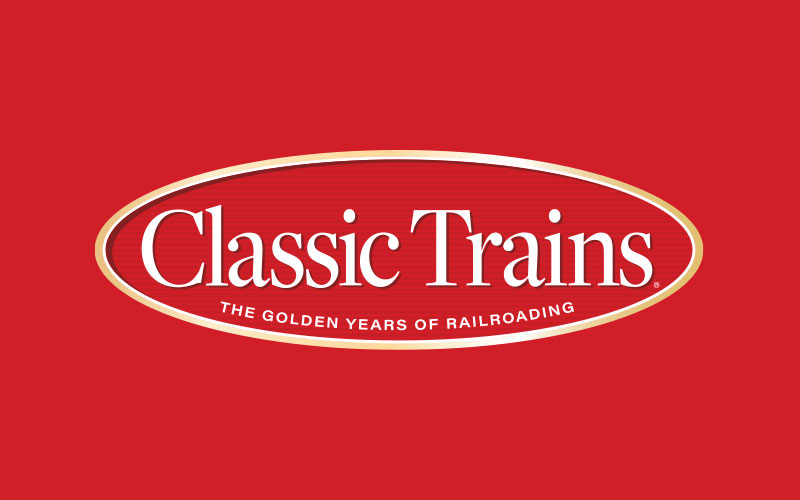
Capturing the disappearing aspects of American life is photographer David Plowden’s stock in trade. He proudly relates that his first published photograph appeared in TRAINS magazine a year before he graduated from Yale with an economics degree. After photographing locomotives and other aspects of railroading in the early 1960s, he turned his camera to depots, […]
Read More…

David W. Salter’s natural curiosity took him trackside throughout the South in the 1940s, ’50s and ’60s, photographing railroads in both color and black-and-white. Photography took a back seat when he was drafted into the Navy in 1950, and bounced to places as far-flung as Boston and Seattle, but Salter returned to his hobby after […]
Read More…

Born and raised in Boise, Idaho, Henry Griffiths, Jr., produced an extensive, high-quality photographic record of railroading in Idaho, Oregon, Washington, Montana, Wyoming, Colorado, and Utah. Griffiths began photographing in the 1930s. Among his successes was a 1952 photo essay commissioned by True magazine of Union Pacific’s operations west from Cheyenne, Wyo. After a career […]
Read More…
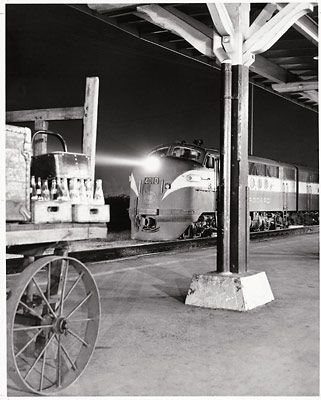
It’s quiet at the depot in Raleigh, N.C., as a pair of FT diesels does some switching on an evening in October 1962. J. Parker Lamb Equally adept at both color and black-and-white, J. Parker Lamb has been taking photos since the fall of 1949 when he was in the eleventh grade. A native of […]
Read More…
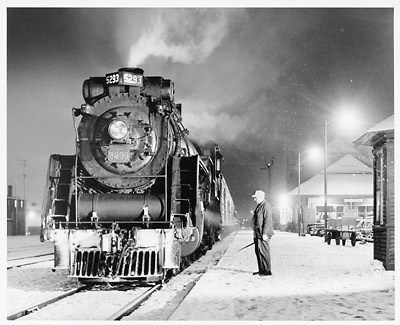
On a cold night in Sherbrooke, Que., in February 1957, the engineer of Canadian National 4-6-2 No. 5293 admires his steed. Jim Shaughnessy photo; TRAINS collection. By day and by night, in color and black-and-white, and on railroads big and small, Jim Shaughnessy has produced a vivid record of the railroad and its environment. Though […]
Read More…









